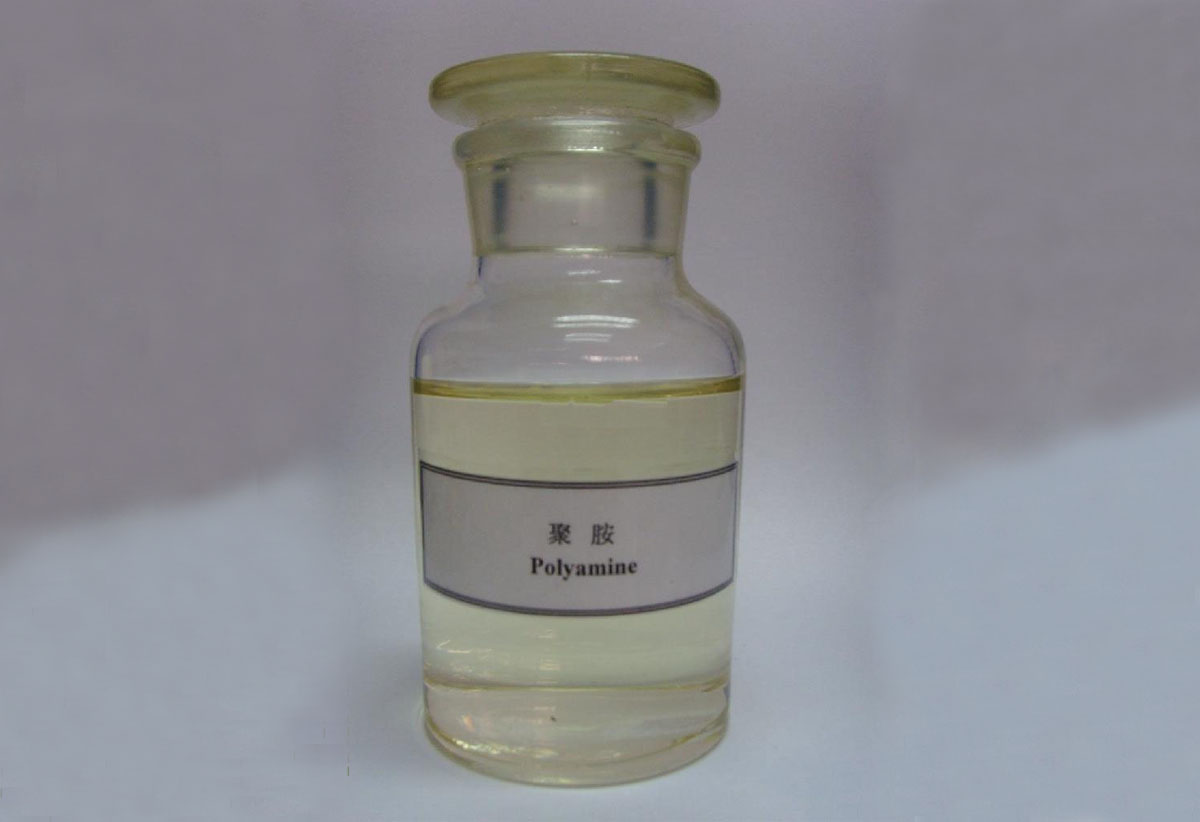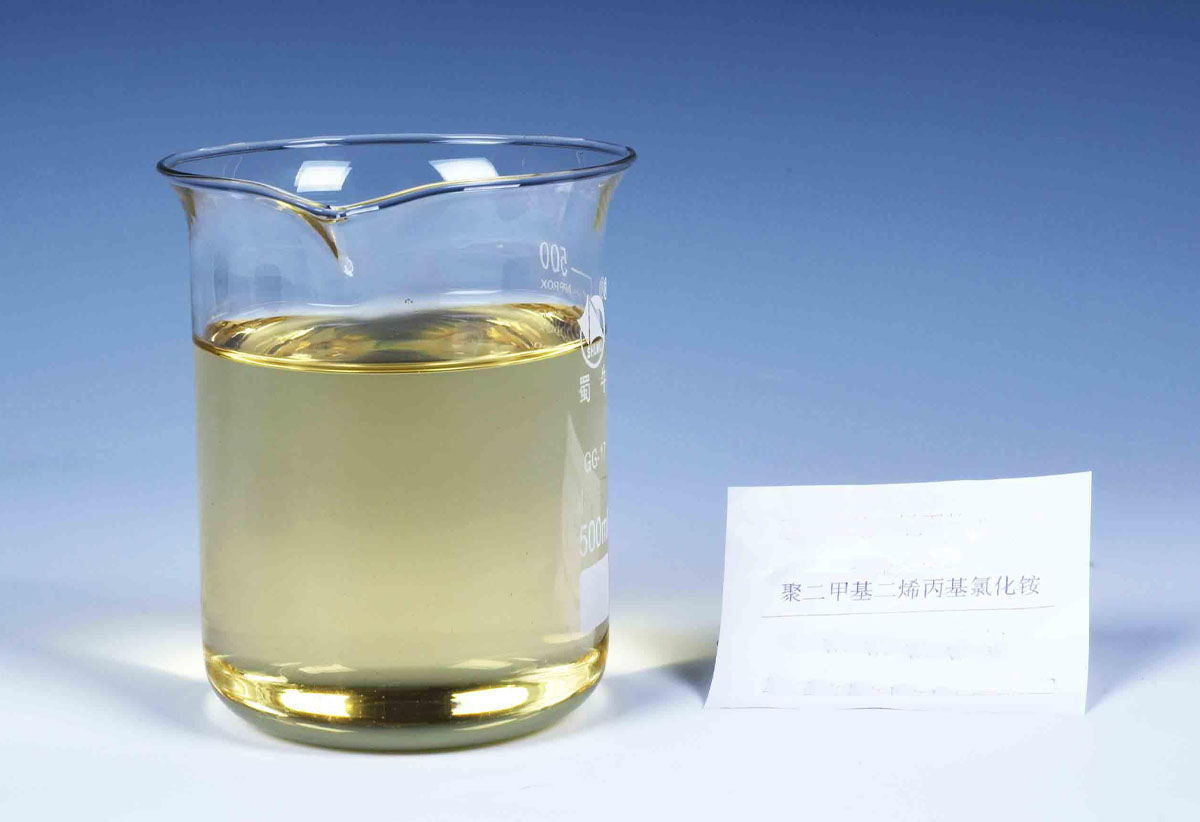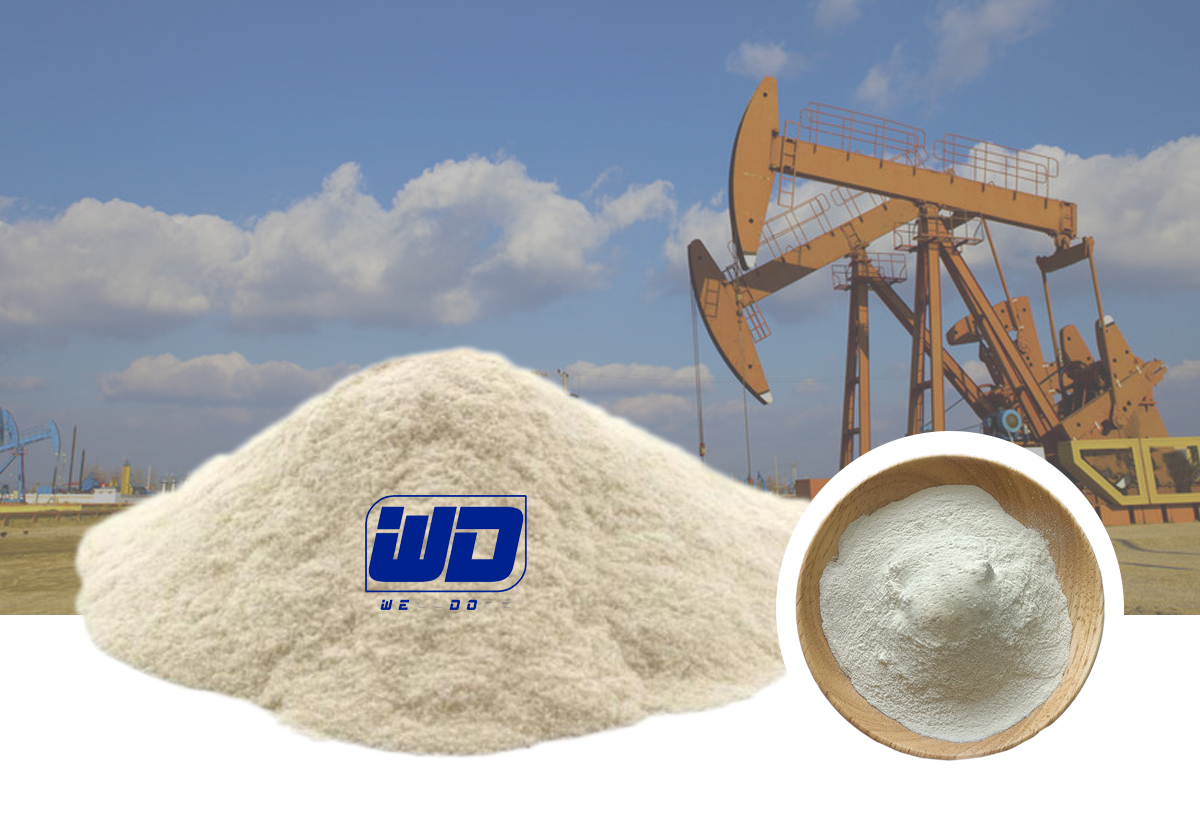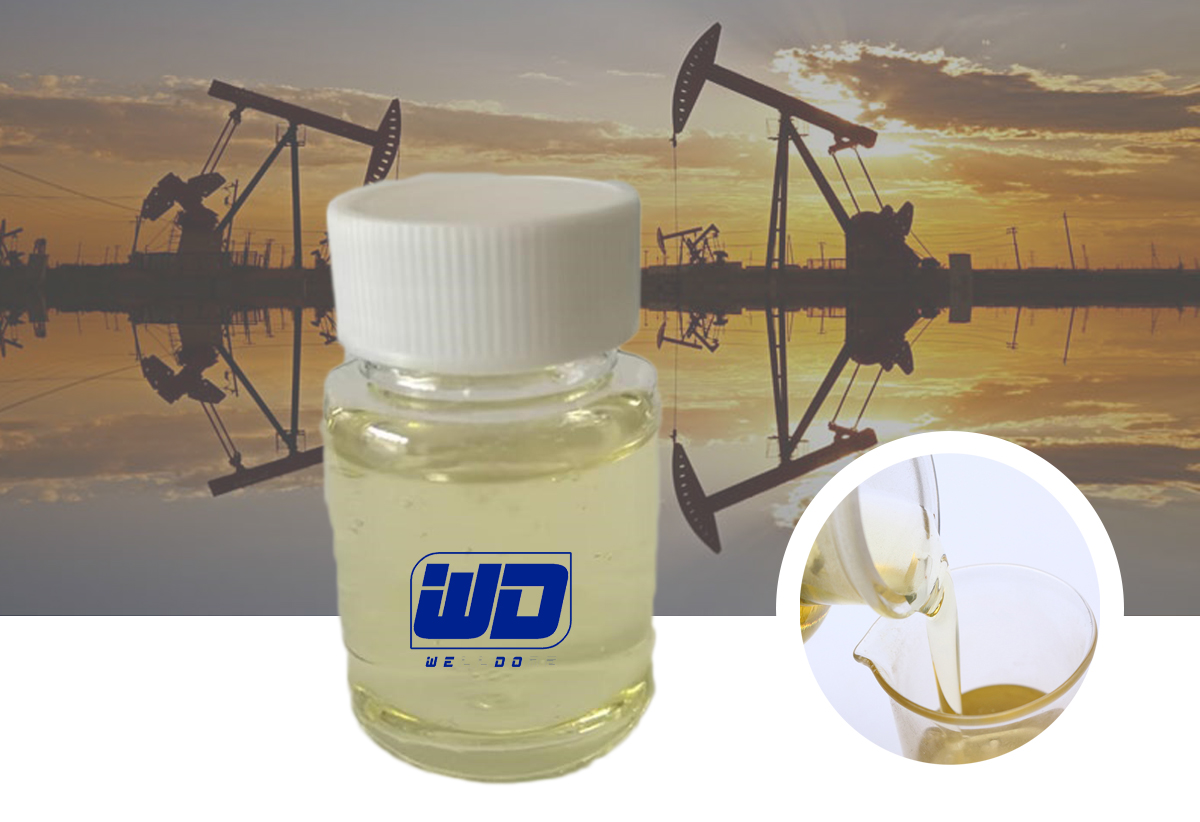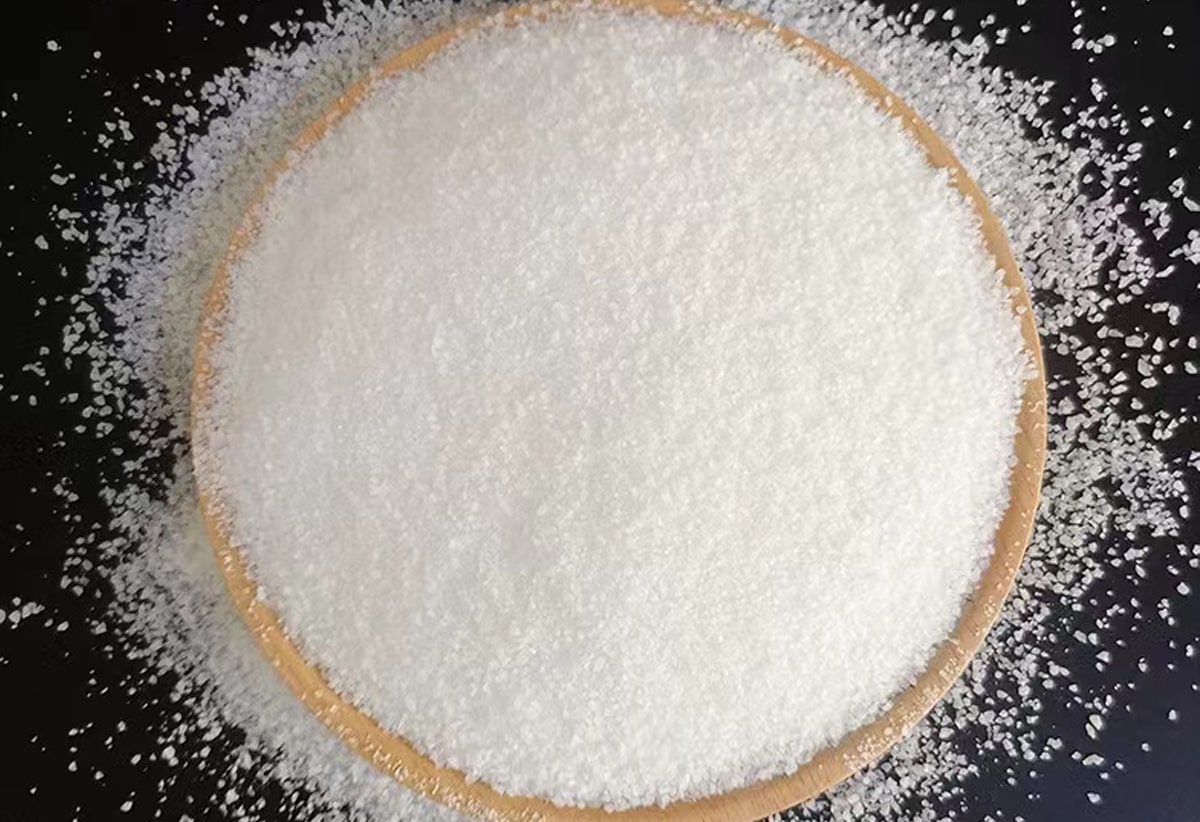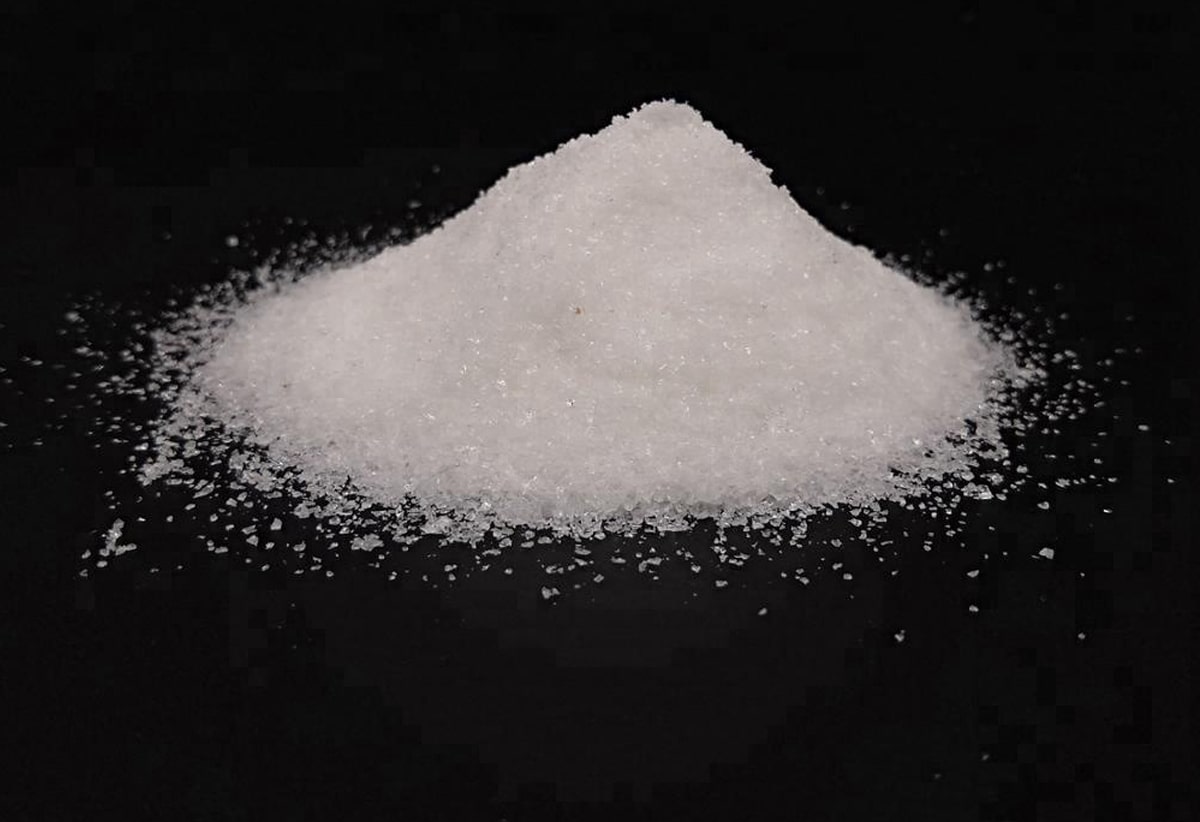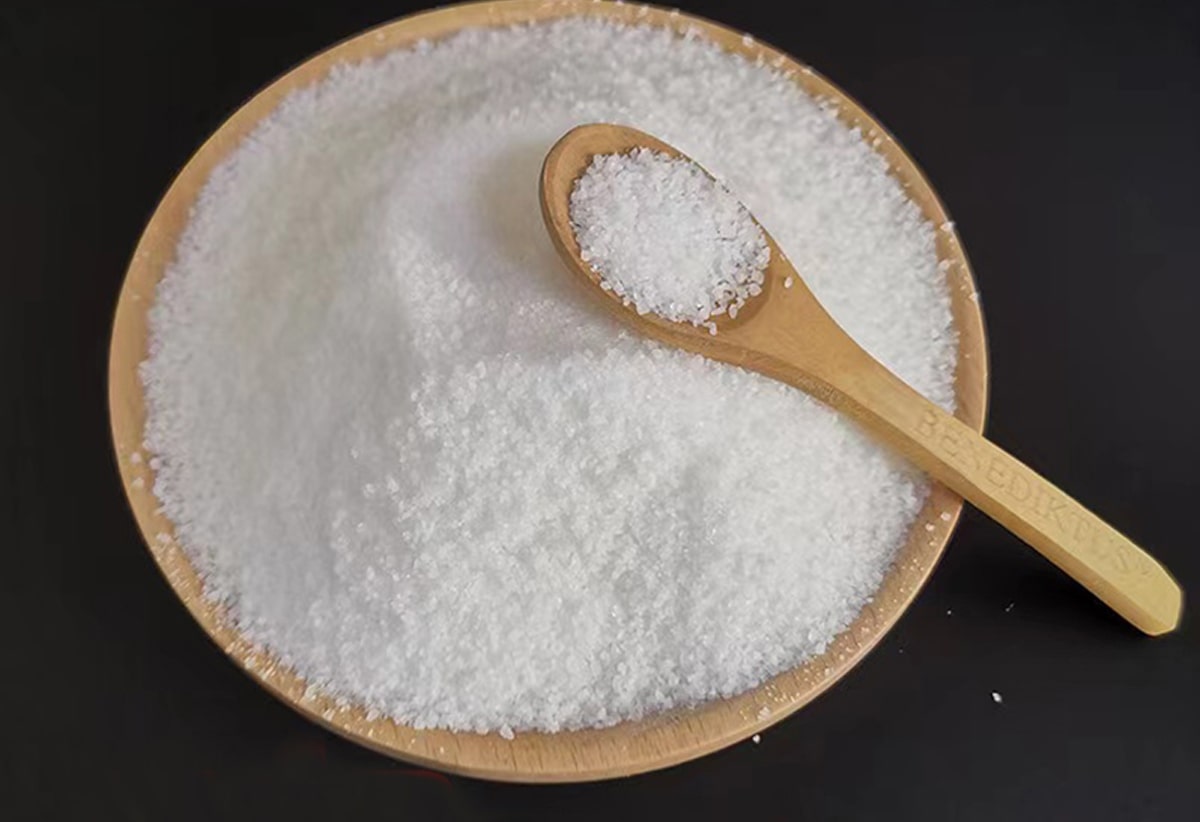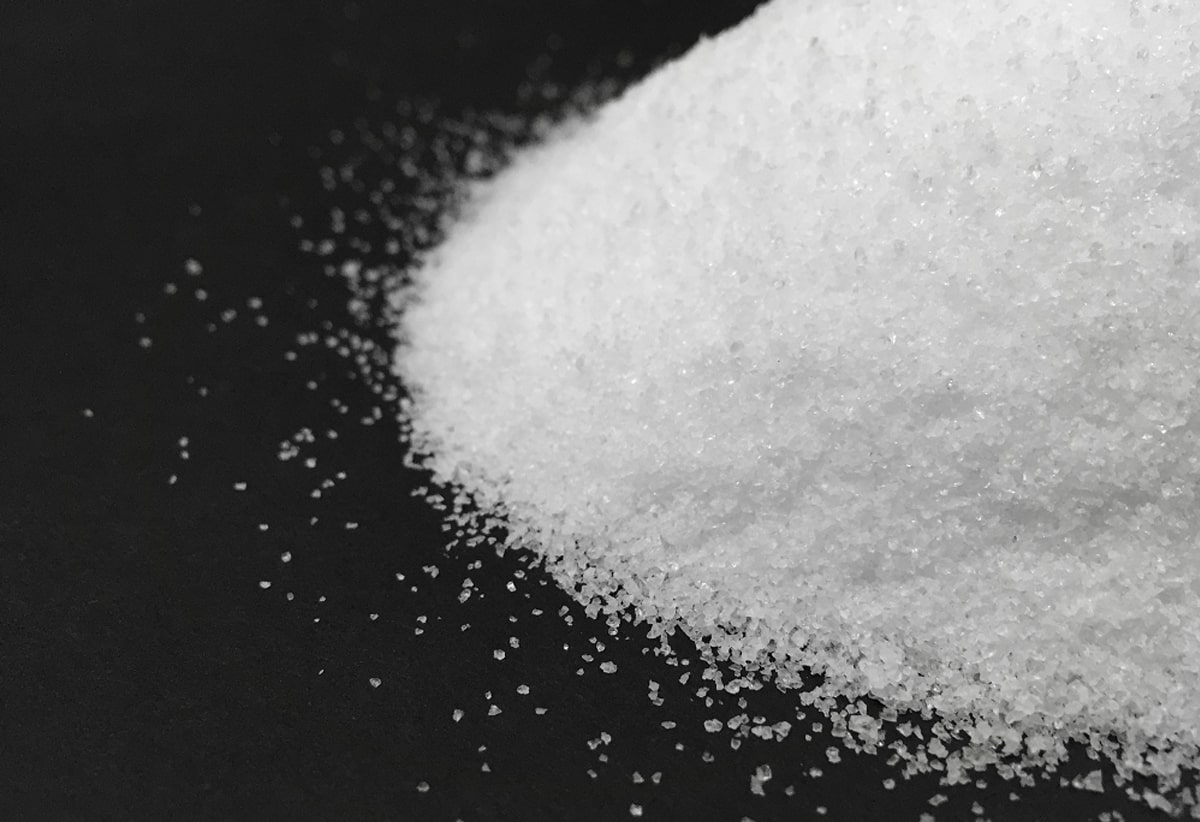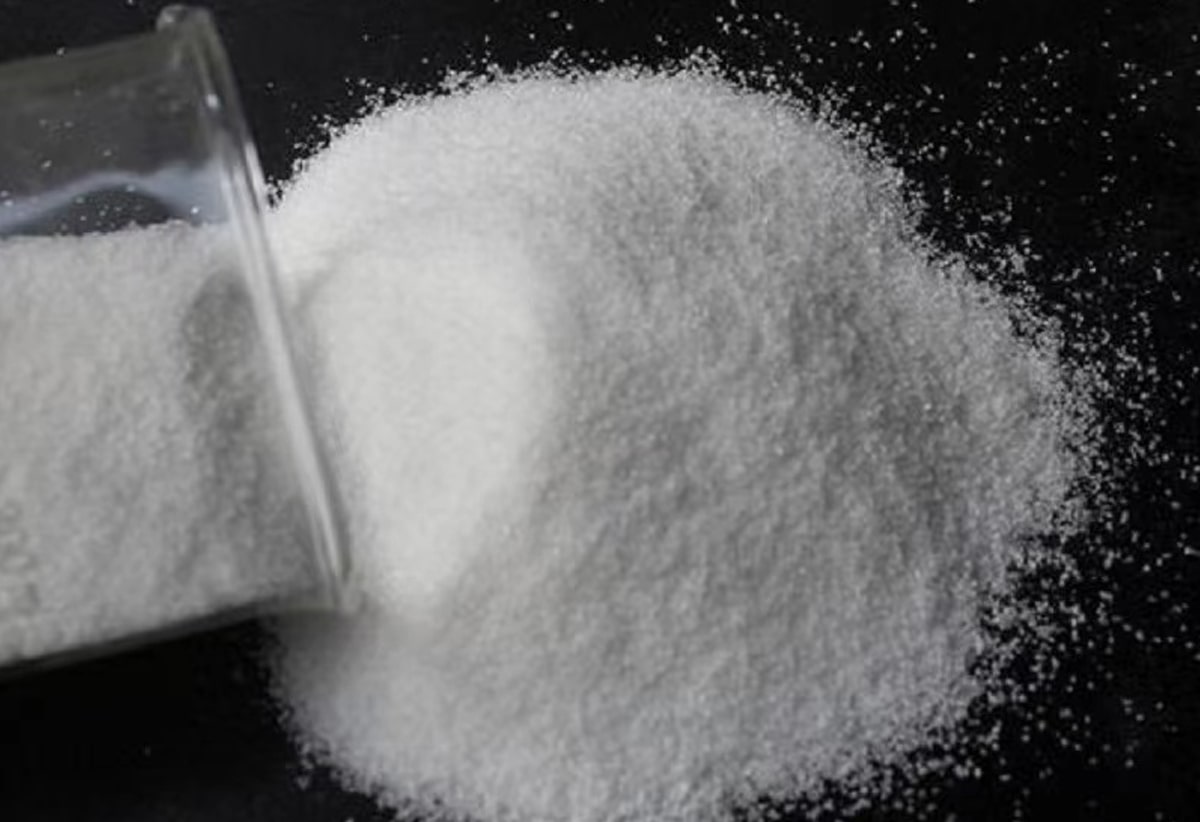Applied in below Mineral:
Coal, Gold/Silver
Copper, Lead/Zinc
Alumina, Uranium
Iron/steel, Titanium Dioxide
Nickel, Sand/Gravel
Phosphates, Phosphoric Acid
Potash, processing
Applications in the field of minerals
Polyacrylamide is used in coal, gold, silver, copper, iron, lead and zinc, aluminum, uranium, nickel, phosphorus, potassium, manganese, salt and other mineral mining and processing and tailings treatment process, the main purpose is to improve the efficiency and recovery rate of solid-liquid separation; Among them, in the coal industry, coal slurry and solid-liquid separation during sedimentation and clarification of tailings, tailings filtration and centrifugation; In gold or silver or copper ore, a settling agent added to the concentrator before the filter tank; In mineral liquids with low pH values (less than 4), such as lead and zinc mines, used for sedimentation additives, etc.; In aluminum ore, when the sodium aluminate solution and red mud are separated, an additive is added during the washing process to promote the rapid settlement of red mud particles and obtain a clear overflow that meets the requirements.
1. Alumina ore
In the alumina production process of Bayer's method, sintering method or combination method for the treatment of duraluminite monohydrate, bauxite trihydrate or mixed bauxite, the mineral is first crushed and crushed to less than 1 mm. Concentrated sodium hydroxide is then added and subjected to high temperature and pressure. Aluminum dissolves in highly corrosive liquids, while impurities other than soluble silicon are not dissolved.
After the above process, the gravel is removed along with the slurry that has undergone primary concentration and precipitation. Anionic polyacrylamide flocculants were added to the primary concentration tank. This is a very important process for clarifying overflow. The bottom flow of the thickening tank, the red mud, will be treated by a reverse reflux settling process. In this process, the aluminum in the liquid is recovered through a series of washing sedimentation tanks. At this point the anionic polyacrylamide flocculant is used again to promote rapid sedimentation and obtain a clear overflow that meets the requirements.
The aluminium-rich primary concentration tank overflows through filtration, cooling (48 hours), and filled with aluminum hydrate to promote the precipitation of aluminum trihydrate. Aluminum is calcined by filtration and washing .
Recommended Products:
Product form | molecular weight | Degree of hydrolysis | Dissolution time | Solid content | Charge type |
White powder | 6 million -20 million | 40-70% | <1.5h | >88% | anion |
2. Coal
After coal is mined, it is classified according to the different ash content and particle size of coal; In order to obtain refined coal with a relatively high combustion value, it is usually completed by flotation process, and the specific gravity of coal particles and impurities in the aqueous medium is different in the water to achieve separation, the coal floats on it, the impurities sink into the water, and the treated coal is classified, so as to obtain refined coal products. In the above process, pulverized coal impurities and water are generated, which need to be further processed and recycled, so that the water can be recycled; The use of polyacrylamide as a flocculant in this process can improve the separation efficiency of impurities and water.
Recommended Products:
Product form | molecular weight | Degree of hydrolysis | Dissolution time | Solid content |
White powder | 20 million | 0-50% | <1.5h | >88% |
3. Silver
After crushing and screening, the minerals are further ground by adding water and lime to the grinder, and settling in the next step of the concentrator, this stage uses anionic polyacrylamide to promote the rapid settlement of the solids, and the substrate is filtered through a series of filter tanks.
Anionic polyacrylamide flocculant added to the concentrator before filtration:
Product form | molecular weight | Degree of hydrolysis | Dissolution time | Solid content |
White powder | 11 million-20 million | 0-50% | <1.5h | >88% |
4. Lead zinc
In the sorting process of zinc sulfide: minerals are calcined and oxidized to zinc oxide. The oxide is then leached with sulfuric acid. A medium acid filtrate with a PH of about 5 and an acid filtrate with a PH of 2.5 can dissolve all the concentrate in sulfuric acid. Some concentrators add a heat filtration concentration process to further improve recovery rates. Reverse reflux sedimentation systems are typically used for neutral enrichment of overflow purification. In the lead and zinc filtration process, the use of anionic polyacrylamide flocculants promotes the rapid sedimentation of minerals and the clarification of filtrate, improves the production efficiency of the process, and reduces the loss of minerals.
Recommended Products:
Product form | molecular weight | Degree of hydrolysis | Dissolution time | Solid content |
White powder | 6 million-20 million | 0-50% | <1.5h | >88% |
5. copper ore
The slurry or tailings from the flotation tank will enter the concentration pool for further settlement. Flocculants are added at this time to promote rapid sedimentation and produce clear overflows. Clarification overflow will act as recycled water. The remaining concentrated tailings will be vented into a centrifuge for centrifugal dehydration, at which point anionic polyacrylamide flocculants will be added as centrifugal additives. The bubbles (concentrates) filled with copper ore are mechanically separated from the overflow. It is then concentrated and dehydrated. At this time, anionic polyacrylamide flocculants are used to improve the efficiency of sedimentation and filtration. The resulting concentrate or filter cake contains nearly 25 to 35 percent copper. This will be recovered by thermal metallurgy.
Recommended Products:
Product form | molecular weight | Degree of hydrolysis | Dissolution time | Solid content |
White powder | 6 million-20 million | 0-50% | <1.5h | >88% |
6. Nickel ore
In the process of extracting nickel from nickel ore in the "wet method" process, the resulting mud water can be obtained by adding PAM to obtain a rapid slurry water separation effect.
Recommended Products:
Product form | molecular weight | Degree of hydrolysis | Dissolution time | Solid content |
White powder | 6 million-20 million | 0-50% | <1.5h | >88% |
7. Phosphate
The treatment of phosphate tails is usually settled by using a concentrator. Since the phosphate tail particles are very small, it is particularly important to choose a suitable flocculant.
Recommended Products:
Product form | molecular weight | Degree of hydrolysis | Dissolution time | Solid content |
White powder | 6 million-20 million | 0-50% | <1.5h | >88% |
Directions & Dosage:
The dispersant is formulated into a solution of 0.1-0.5% concentration. Sprinkle one kilogram of dispersant evenly into a ton of water, pay attention to stir while sprinkling, dissolve for 1 hour after 40 mesh screen filter into a dilute solution for later, and then dilute with 3-5 times the water when used. Dosage is 100-300 ppm.
| User name | Member Level | Quantity | Specification | Purchase Date |
|---|






